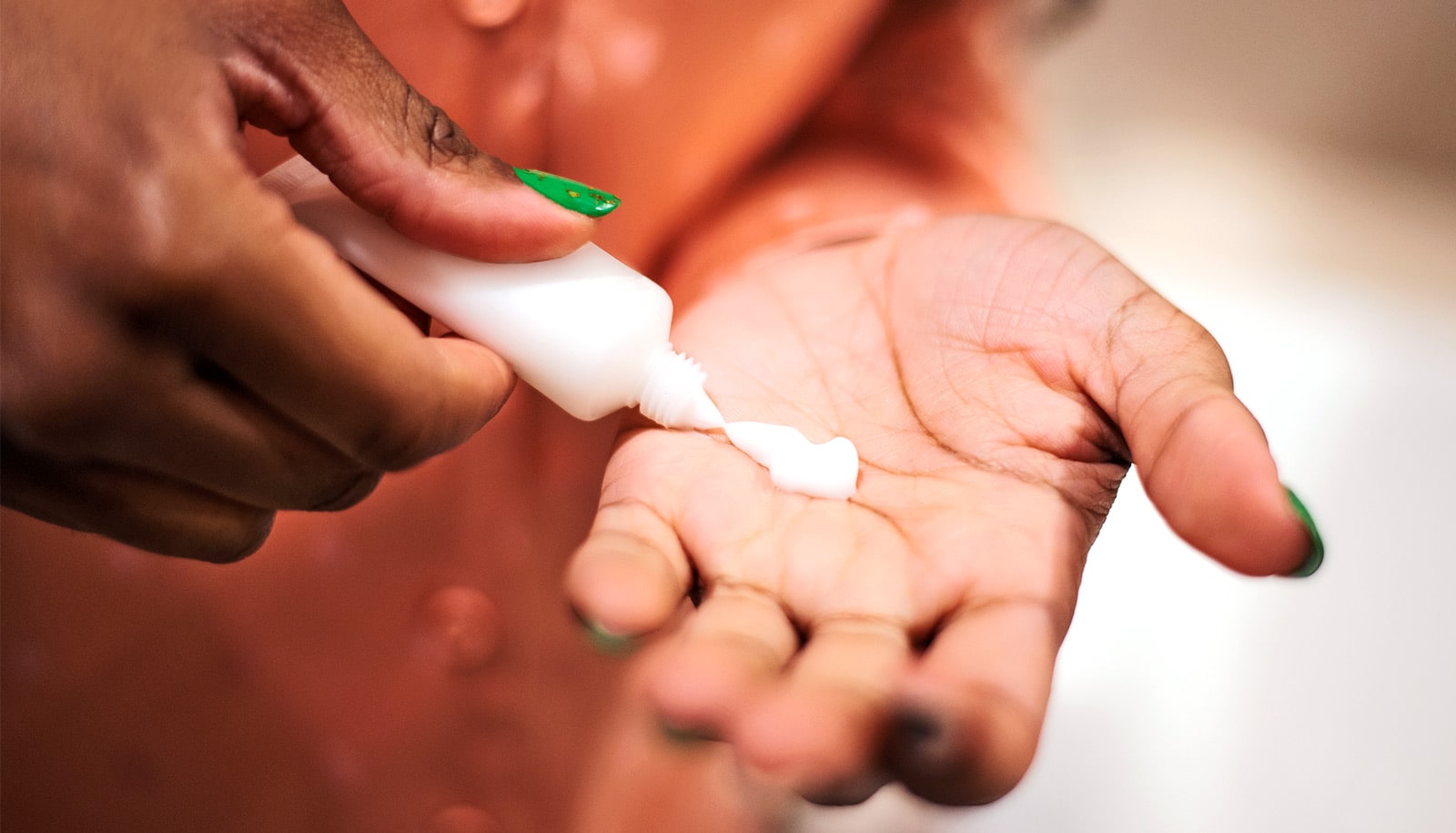The discovery of new roles for uterine glands could clarify how pregnancies develop and lead to better prevention of miscarriage and complications such as preeclampsia.
The majority of pregnancy losses occur during the first trimester, when biological communication between embryo and mother is critical for the establishment of the pregnancy.
Scientists and doctors have known for several years that glands within the uterus produce Leukemia Inhibitory Factor (LIF), which is vital for embryo implantation and successful pregnancies. Now, researchers have found that uterine glands have additional roles in promoting pregnancy beyond LIF.
“Many serious problems that occur later in pregnancies, such as preeclampsia, are likely rooted in the early stages of pregnancy,” says Tom Spencer, a professor of reproductive and developmental biology at the University of Missouri.
“Understanding what factors in the uterus are vital for a healthy pregnancy is important in order to understand the causes of pregnancy loss. In the future, this will allow us to improve assisted reproduction and prevent issues that could pose serious health risks to babies and their mothers.”
Placenta protein may play a role in miscarriages
In their study, Spencer and colleagues examined the development of mice embryos, which develop similarly to those of humans. The researchers removed a gene from the uteri of mice called FOXA2 using common genetic editing techniques. Some of the mice lacked uterine glands altogether. To the researchers’ surprise, the uteri of adult FOXA2-deficient mice did not produce LIF. The researchers then added LIF to the mice mothers. The mice with uterine glands carried their embryos to term with successful pregnancies; the mice without uterine glands had failed pregnancies.
“We already knew that LIF was vital to ensuring successful pregnancies,” Spencer says. “However, this study has proven that uterine glands serve additional functions for supporting embryo growth and development beyond simply producing LIF. Our next step is to determine what additional factors uterine glands produce to support pregnancies.
“By understanding how these glands work, we can help improve the rates of healthy and successful human and animal pregnancies produced by natural and assisted means.”
Two papers on the work (one, two) appear in the Proceedings of the National Academy of Sciences. Coauthors are from University of Missouri division of Animal Sciences in the College of Agriculture, Food, and Natural Resources; Washington State University; and the National Institute of Environmental Health Sciences.
Source: University of Missouri



